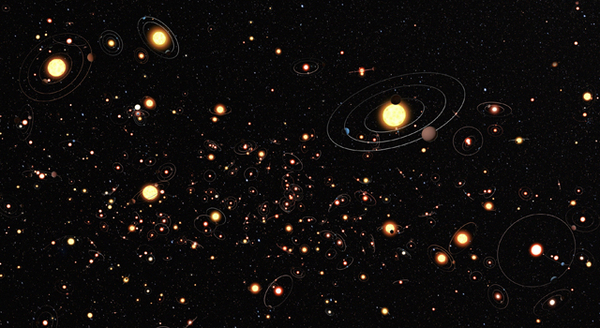An Analysis on Exoplanets and How They are Affected by Different Factors in Their Star Systems
(1) Summer Ventures in Science and Mathematics, Charlotte, North Carolina; The University of North Carolina at Charlotte
https://doi.org/10.59720/18-058
Is there a correlation between star size, and the number of planets that star is likely to support? This paper goes in depth to discover any correlation there is between planets and their stars. We hypothesize that exoplanets are affected by their host stars’ stellar classifications, and that these classifications impact the number of exoplanets that a star can support. We will analyze a dataset in the NASA Exoplanet Archive from August 2017, using a sample size of around 3,500 planets, and mathematical statistics to determine if these correlations are present in real star systems. Different elements of exoplanetary star systems were studied. First, we performed an analysis of all planetary systems in the database and identified how many planets were in those systems. Next, we analyzed the systems by stellar class, first considering individual planets regardless of multi-planet systems, then the number of these multi-planet systems per stellar class. In every case, we found, with high confidence, that there is a significant correlation between stellar class and the number of individual planets supported. Furthermore, there is a correlation between stellar class and multi-planet systems. Finally, we performed an analysis to determine the probability of planets existing in the habitable zone around their star. We found, with high confidence, that around 6% of all planets in our galaxy are in these habitable zones.
This article has been tagged with: